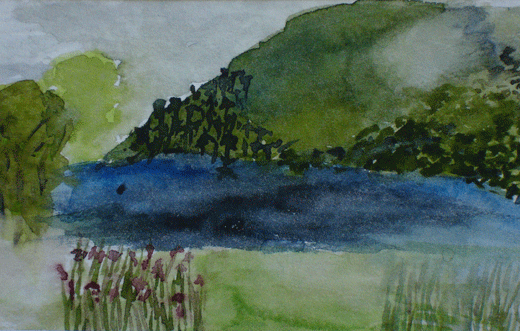Tales of a 21st Century Gypsy
August 24, 2006. Gros Morne
Gros Morne National Park is one of the premier sights of Newfoundland, or so they say. The guidebooks all speak of its exceptional landscapes, dramatic vistas, and incredible geology. Perhaps Iíve looked at too many amazing places, but the views didnít seem that special to me. The place did, though.
The park surrounds Bonne Bay, an inlet that cuts some thirty miles inland. On the north side of the bay is a good-sized town (remember, thatís by Newfoundland standards) called Rocky Harbour, with a few motels, campgrounds, several gas stations, and quite a number of restaurants. Thatís pretty big for New-
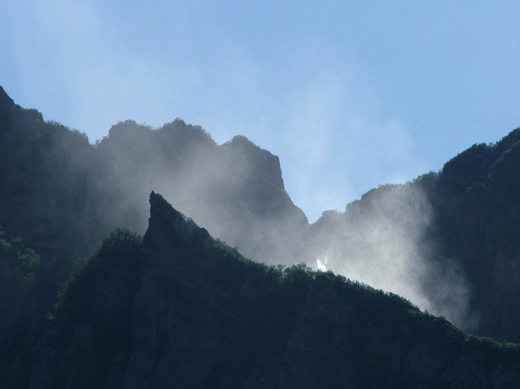
foundland. Also on the north side is Western Brook Pond, actually a fjord which everyone told me I had to visit via the (expensive) boat ride. On the south side of Bonne Bay is the small and very quaint village of Woody Point, the major National Parks visitor center, and Tablelands, a unique geological formation that Iíd heard was quite amazing. The drive from the main road to the visitor center is some thirty miles, so a detour to pick up some information would be a rather pricey venture, with Newfoundland gas prices and Vanagon gas consumption. Usually I think Parks Canada is great, but not providing visitor information before you need to decide where youíre going is unforgivable, as far as Iím concerned!
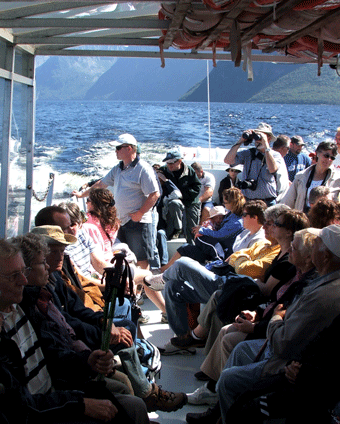
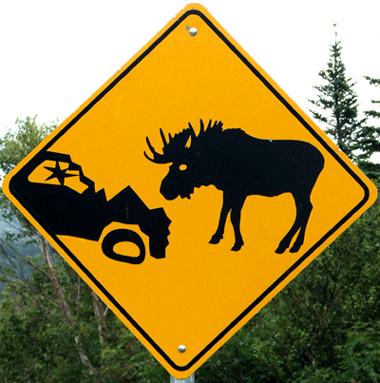
 This view of Tablelands - the flat mountain - isn't actually from the coffee house in Rocky Harbor. Sorry!
This view of Tablelands - the flat mountain - isn't actually from the coffee house in Rocky Harbor. Sorry!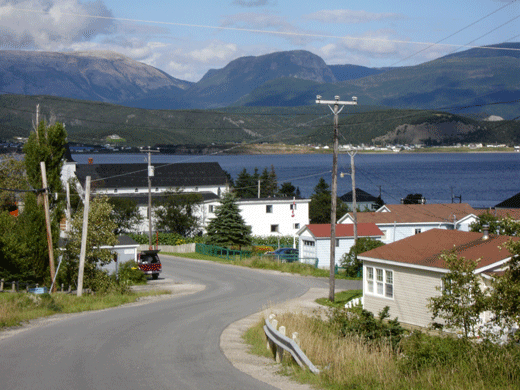
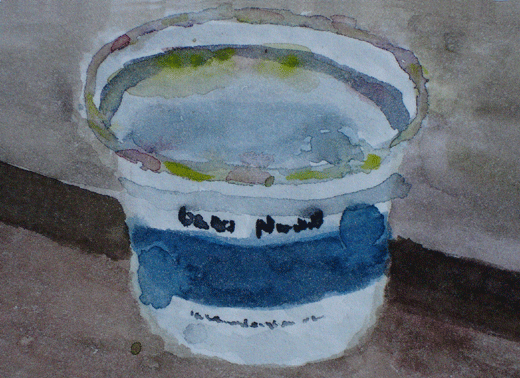
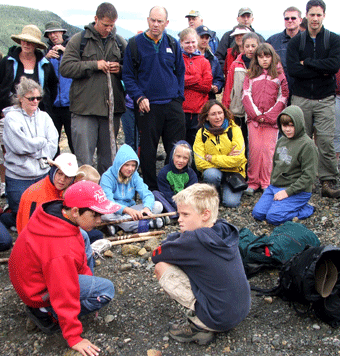 This is actually some other folks on the Tablelands walk. Sorry!
This is actually some other folks on the Tablelands walk. Sorry!